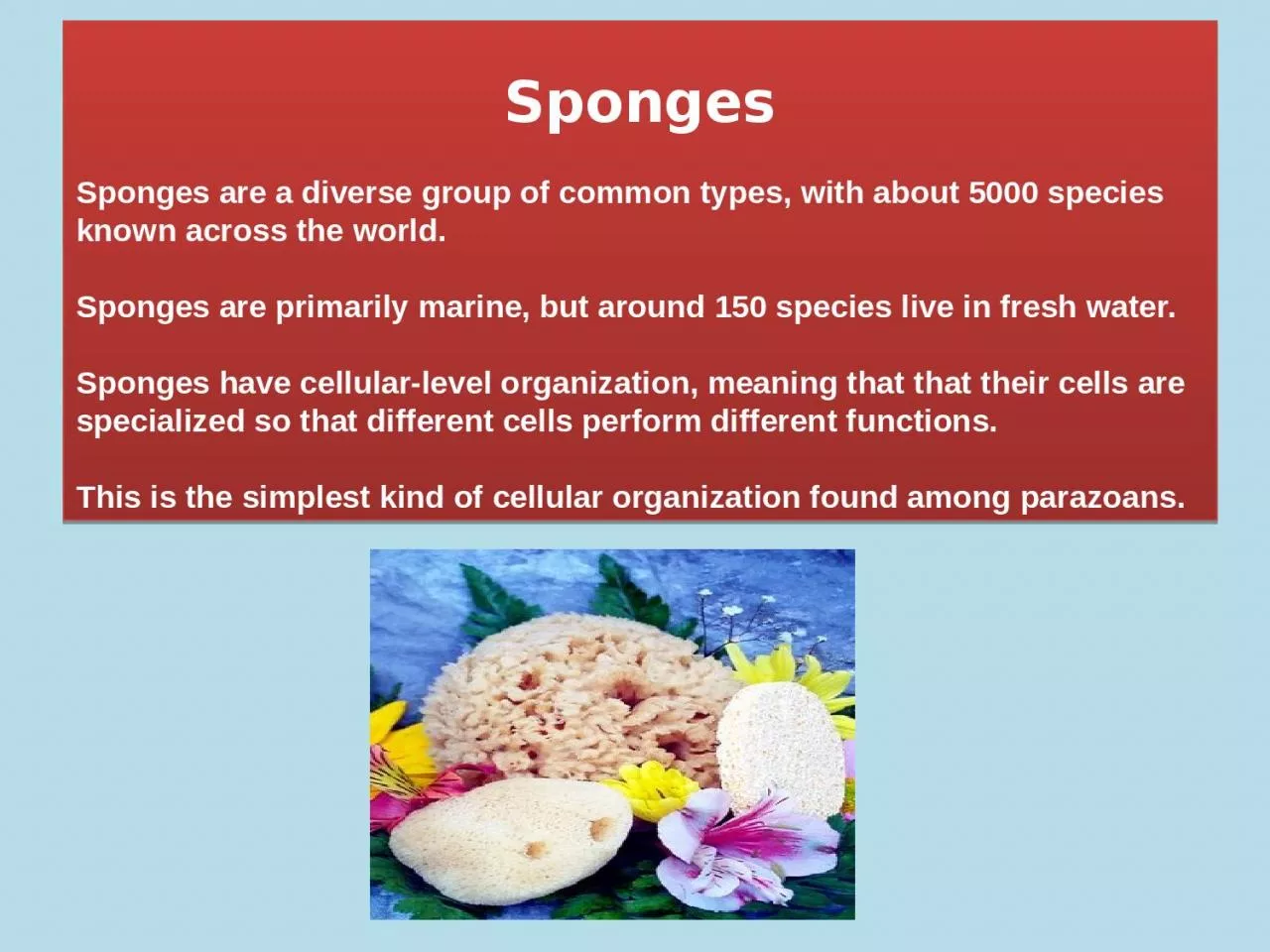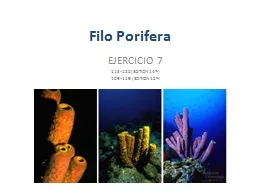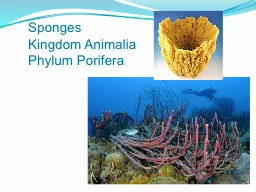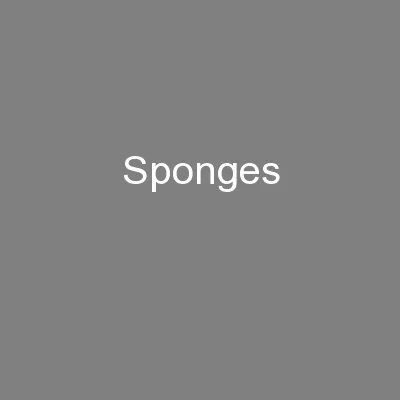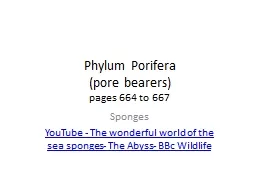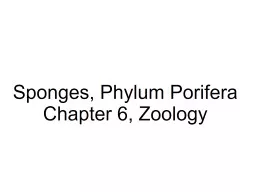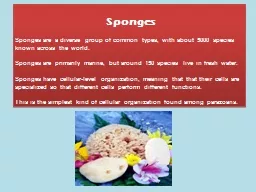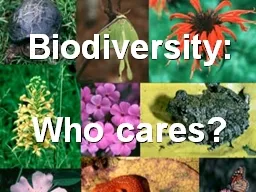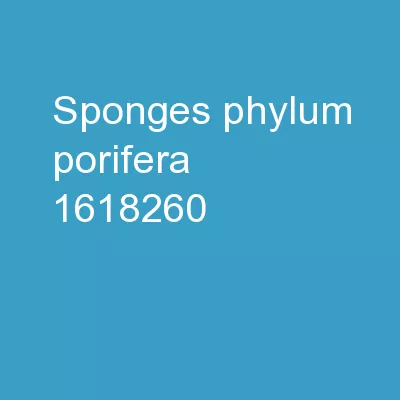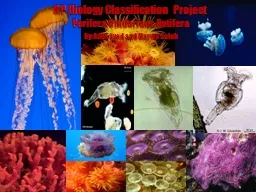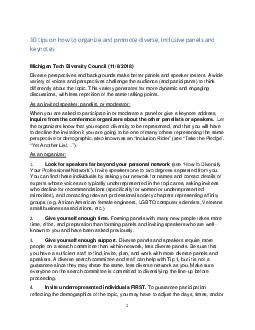PPT-Sponges Sponges are a diverse group of common types, with about 5000 species known across
Author : yvonne | Published Date : 2023-10-26
Sponges are primarily marine but around 150 species live in fresh water Sponges have cellularlevel organization meaning that that their cells are specialized so
Presentation Embed Code
Download Presentation
Download Presentation The PPT/PDF document "Sponges Sponges are a diverse group of c..." is the property of its rightful owner. Permission is granted to download and print the materials on this website for personal, non-commercial use only, and to display it on your personal computer provided you do not modify the materials and that you retain all copyright notices contained in the materials. By downloading content from our website, you accept the terms of this agreement.
Sponges Sponges are a diverse group of common types, with about 5000 species known across: Transcript
Download Rules Of Document
"Sponges Sponges are a diverse group of common types, with about 5000 species known across"The content belongs to its owner. You may download and print it for personal use, without modification, and keep all copyright notices. By downloading, you agree to these terms.
Related Documents

